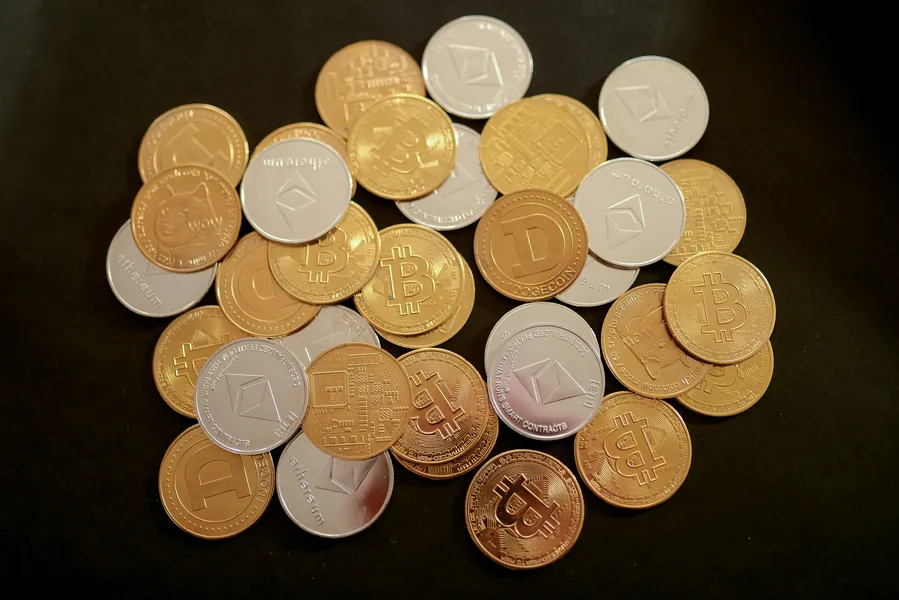What is ThorChain (RUNE) Cryptocurrency Token? — ThorChain, Cross-chain, DeFi

Title: Don’t Get Hooked by ThorChain’s Rainbow Bridge: A Security Expert’s Perspective on Cross-Chain DeFi
Intro:
Hey there, dear crypto enthusiasts. Valerii Wilson here, your favorite crypto security expert who’s seen it all – from spectacular hacks to jaw-dropping bugs in smart contracts that make you question the very idea of decentralization. Today we’re diving into ThorChain and its cross-chain DeFi magic. Fasten your seatbelts; this ride might get bumpy!
Section 1: What is ThorChain?
So, what is ThorChain? It’s a decentralized liquidity protocol built on the Substrate framework with its own native token, RUNE. The idea behind ThorChain is to create an interoperable network where you can swap assets across different blockchains – like some sort of DeFi rainbow bridge connecting Ethereum, Bitcoin, Binance Chain, and more. Sounds cool, right? But wait, there’s a catch.
Section 2: The Risks of Cross-Chain DeFi
Cross-chain DeFi is like trying to mix oil and water – it’s not impossible, but it sure as hell requires some serious engineering skills to make it work seamlessly without any leaks or spills (i.e., security vulnerabilities). ThorChain has had its fair share of issues, with a recent hack costing them over $8 million in February 2021. That’s like finding out your shiny new Tesla Launch Mode got you to 60 mph but also left your wallet empty on the side of the road!
Now let me explain this in simpler terms: imagine if each blockchain was a separate room, and you wanted to move money from Room A (let’s say Ethereum) into Room B (like Bitcoin). In theory, ThorChain provides a magical key that unlocks both rooms at once. But here’s the thing – those keys aren’t exactly secure. There have been instances where hackers found ways to duplicate them or even steal them outright, leading to some serious losses for unsuspecting users.
Section 3: Smart Contract Vulnerabilities & NFT Scams
Now let’s talk about smart contracts – the lifeblood of any DeFi protocol. They’re supposed to be self-executing and tamper-proof, but in reality, they often contain hidden bugs that can wreak havoc on unsuspecting users. For example, remember that time when Uniswap’s governance token distribution contract failed spectacularly due to a simple math error? Ouch!
But here’s the kicker: ThorChain uses its own homebrew language for smart contracts called HOPR (High Order Parametric Representation). It might sound fancy, but trust me – it’s not as bulletproof as you might think. The more complex a programming language or system is, the higher the chances of encountering bugs and vulnerabilities. And let’s not even start discussing NFT scams on ThorChain; they’re as rampant as mosquitoes in a swamp.
Section 4: Conclusion – Navigating the Uncharted Waters of Cross-Chain DeFi
So there you have it, folks. ThorChain may promise cross-chain liquidity and interoperability, but at what cost? Just like setting sail on uncharted waters, venturing into the world of cross-chain DeFi requires caution, knowledge, and perhaps most importantly, a healthy dose of skepticism.
My advice? Always do your research before diving headfirst into any new project or technology. And remember, if something seems too good to be true – like effortlessly swapping assets across different blockchains without risk – it probably is. In the end, staying vigilant and educated is the best way to protect yourself from the stormy seas of cryptocurrency.
Stay sharp out there, crypto warriors!









